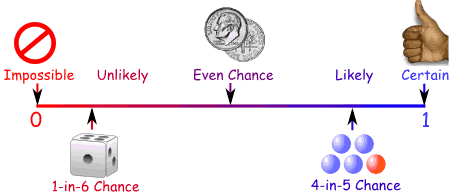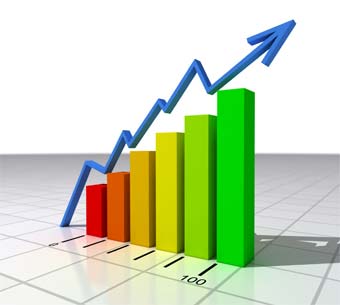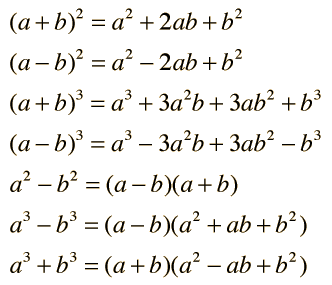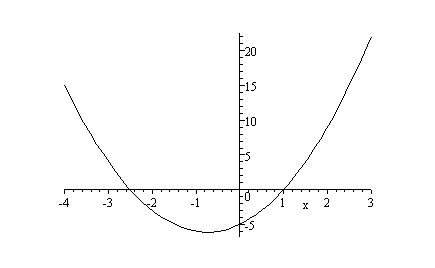PROBABILITY :- Probability theory like many other branches of mathematics, evolved out of practical consideration. It had its origin in the 16th century when an Italian physician and mathematician Jerome Cardan (1501-1576) wrote the first book on the subject "Book on Games of Chance" (Biber de Ludo Aleae). It was published in 1663 after his death.
In 1654, a gambler Chevalier de Metre approached the well known French Philosopher and Mathematician Blaise Pascal (1623-1665) for certain dice problem. Pascal became interested in these problems and discussed with famous French Mathematician Pierre de Fermat (1601-1665). Both pascal and Fermat solved the problem independently. Besides, pascal and Fermat, outstanding contributions to probability theory were also made by Christian Huygenes (1629-1665), a Dutchman, J. Bernoulli (1654-1705). De Moivre (1667-1754), a Frenchman Pierre Laplace (1749-1827), the Russian P.L Chebyshev (1821-1897), A. A Markov (1856-1922) and A. N Kolmogorove (1903-1987). Kolmogorove is credited with the axiomatic theory of probability. His book 'Foundations of probability' published in 1933, introduces probability as a set function and is considered a classic...













